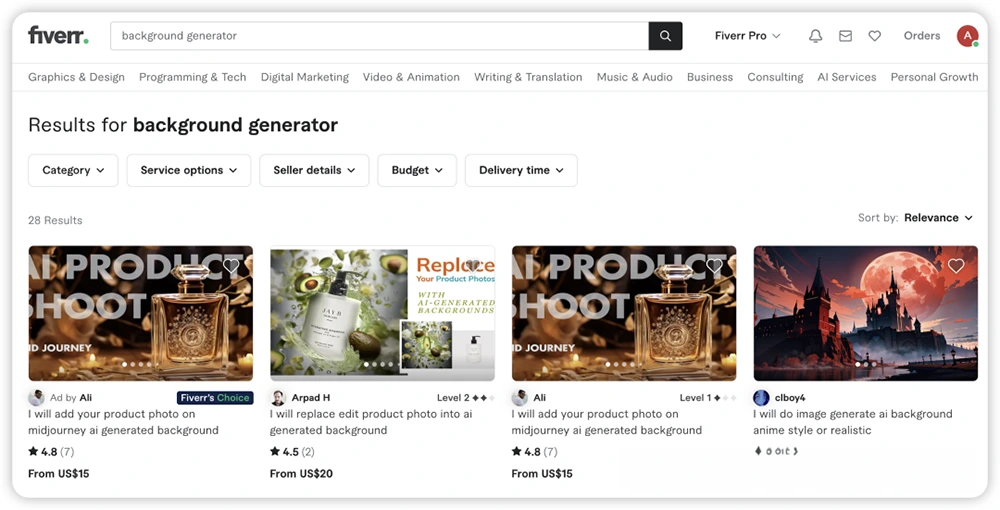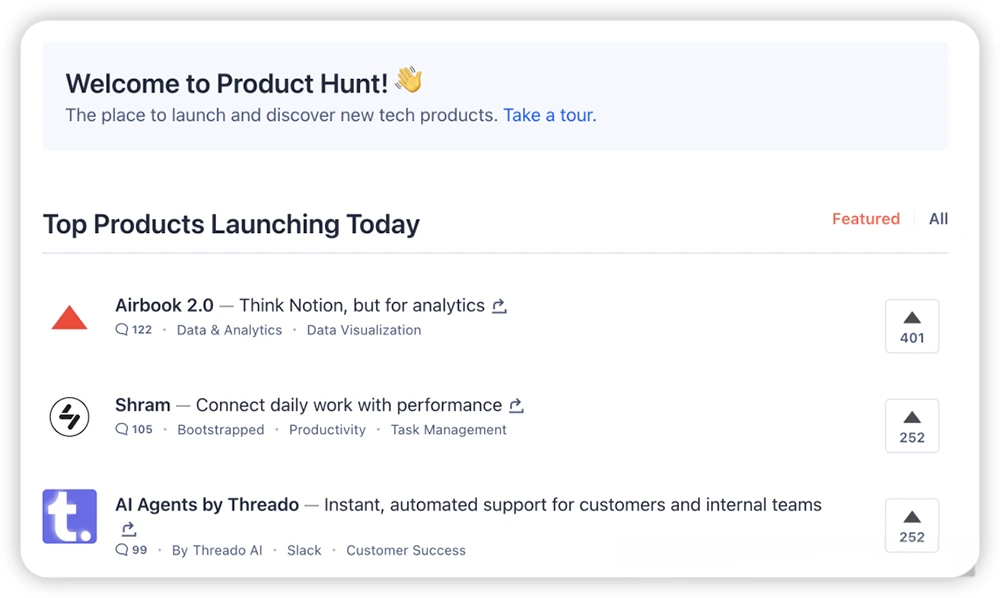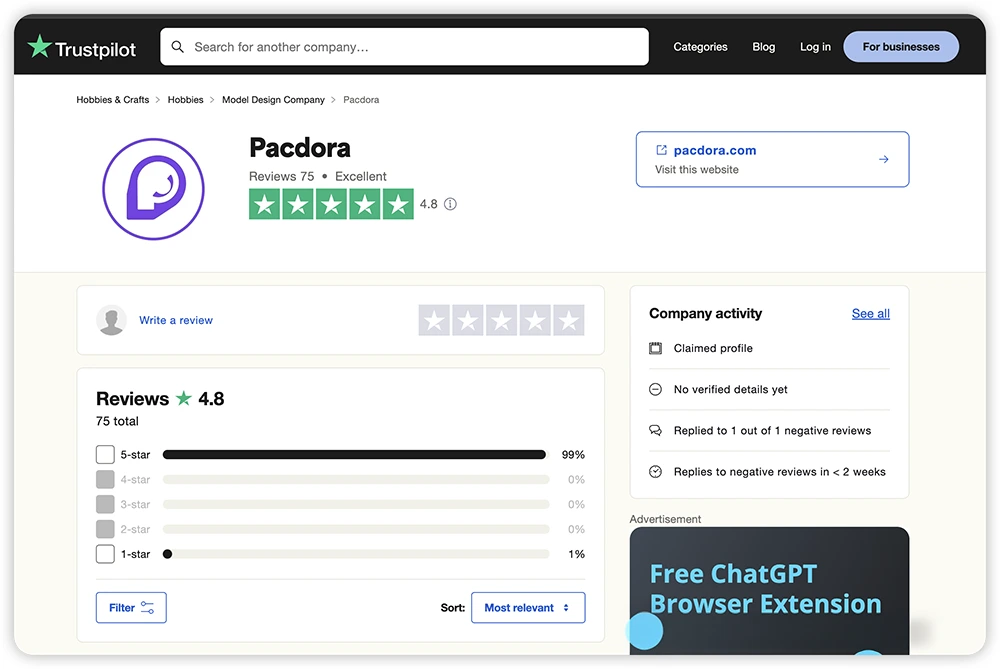In the past two years, AI has taken the tech world by storm, and our Thinkkeen tech team began exploring relevant technologies early last year. However, despite the time elapsed, our product range hasn’t seen an explosive growth. Isn’t that peculiar?
The primary reason is that we’ve been grappling with some critical questions. We don’t take on projects unless we’re at least 60% confident in their success. Hence, we’ve spent considerable time observing, researching, and analyzing…
Only in the last six months have we felt fully convinced that investing in AI product development is indeed worthwhile. Today, let’s discuss the key questions I consider when determining whether an AI item is viable for project initiation and production.
Identifying User Scenarios and Problems
This is my foremost concern.
I believe that discussing “AI technology and features” without addressing “scenarios and problems” is misleading. Users aren’t interested in how impressive or advanced our technology is; they care about whether their “problems can be solved.”
There are many ways to solve problems; why choose AI?
When I encounter an AI product, I ponder the scenario it addresses and the problem it aims to solve. If the “problem itself” isn’t clearly defined, I won’t pursue the development of such an AI product.
But isn’t this subjective? How can I ensure my judgment is accurate?
A small trick is to look for similar manual services on Fiverr.
Fiverr is well-known, and if I can find similar manual solutions there, it’s likely that the demand is real. Additionally, you can check user reviews for interesting insights.
For example, searching “spokesperson video” on Fiverr reveals many manual services with high charges, which is one of the reasons for the rise of Heygen.

Market Size Assessment
Of course, this question is inherently difficult to answer. Many market research reports may exaggerate the size of an industry, making it hard to reference in practice. However, a few methods can quickly help us make a judgment.
- First, search for related terms on Ahrefs to see the search volume. “Search volume” represents the potential user scale to some extent. Before developing a product, I need to have a rough idea of the market size to avoid working hard in a niche area.
Ahrefs is an SEO tool that can check keyword popularity. If the keyword we want to query has low traffic, it’s either because we haven’t found the right keyword, or the product might be a self-indulgent one.
(Tip: If you don’t have an Ahrefs account, you can also use some free alternatives on Google. These tools use estimation methods, so knowing approximate data is sufficient.)
If you don’t know what keywords to search for your product?
My suggestion is to describe the problem to Chatgpt and let it tell you the corresponding keywords. Then search on Google to see if the results match. Finding the right product keywords is the first step.
- Second, see how large the competitors are, which can be checked with Similarweb. If there are already competitors for the product we want to develop, we can use Similarweb on Google to check the traffic data and growth curve of competitors.
If there are competitors with hundreds of thousands of monthly active users, and the user growth rate in the past six months is fast, it indicates that the track we want to develop may be in rapid development.
You can also check on Producthunt. As an important channel for new product releases, the products that have topped the charts in recent months also represent trends in various fields to some extent.

Can I Do Better Than Competitors?
Even if not better than competitors, don’t be worse.
Based on this understanding, when the tech team gave me an AI demo last year, I directly compared the generated content with several top competitors in a blind test. The result did not meet my expectations, so I asked the tech team to further improve before considering productization.
Many people say, can you make an MVP first and try it out?
I think this approach only applies to products with unknown demand. If there are already similar products on the market, we must ensure that our product is not worse than the competitors. Otherwise, after spending resources and time to launch, if the user data is poor, isn’t it just messing with your mentality?
Especially last year, I studied some SaaS and found that many AI products are really “just for the sake of doing,” and the actual “output” effect is not usable at all.
When comparing with competitors, a small trick is to check on Trustpilot to see what good and bad reviews these competitors have received. These reviews often contain real user feelings and needs.

Conclusion
The above insights are not only applicable to online AI products but also to the research and development and production of physical AI goods. Of course, in addition to the above issues, it is also necessary to consider the future traffic strategy, promotion methods, pricing models, and so on.




